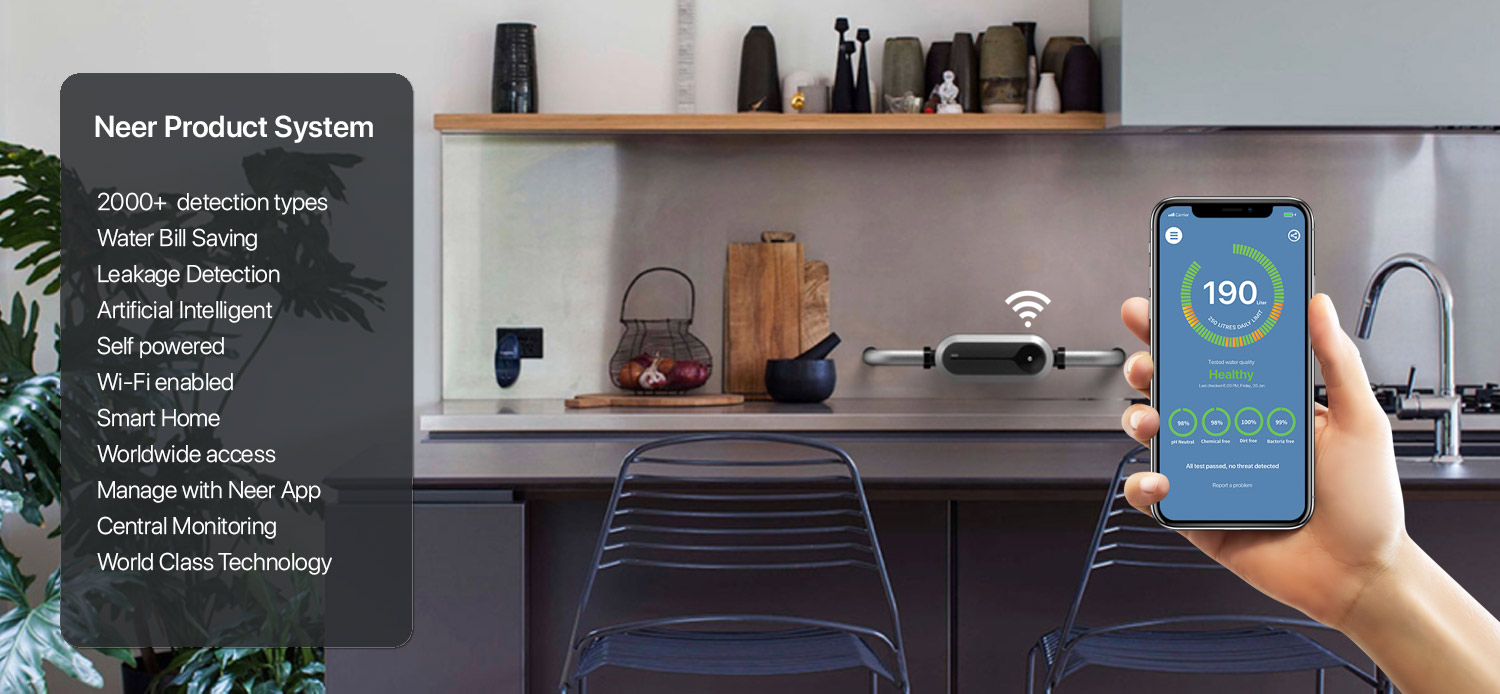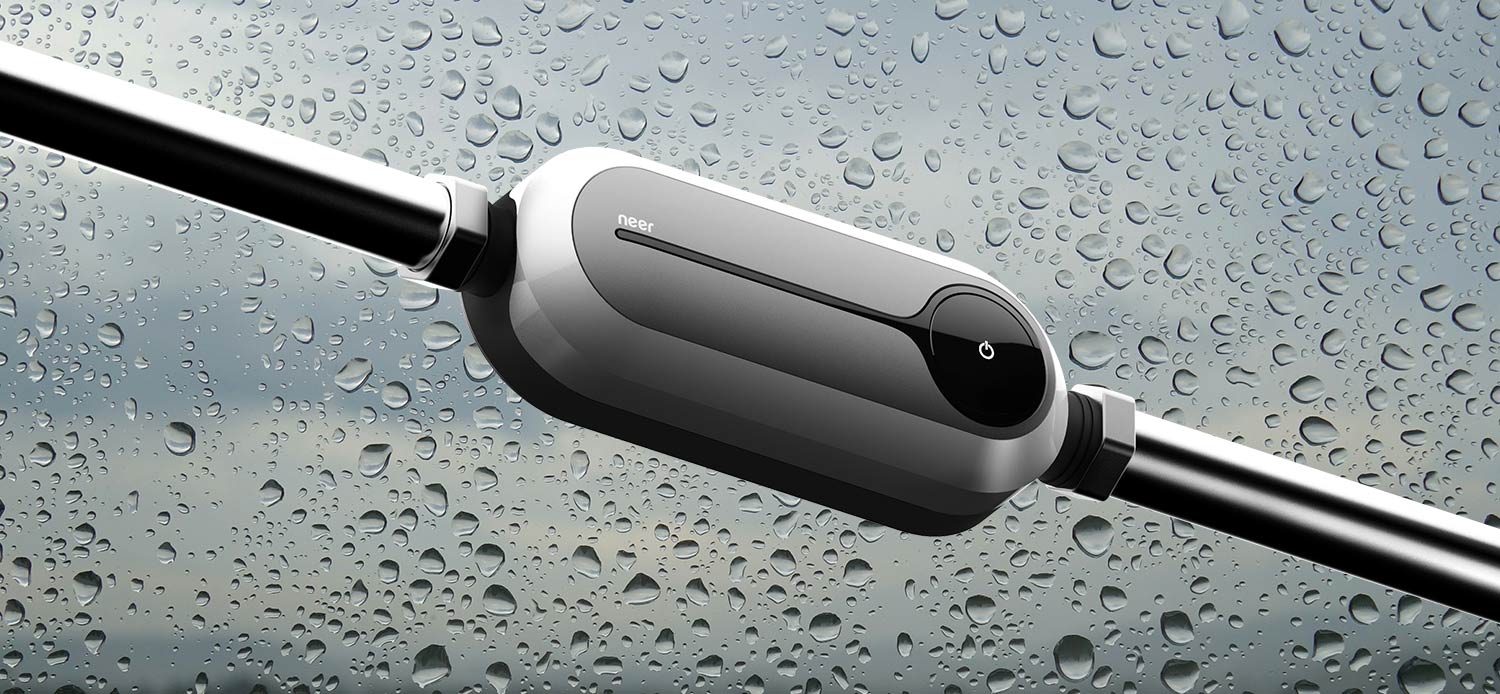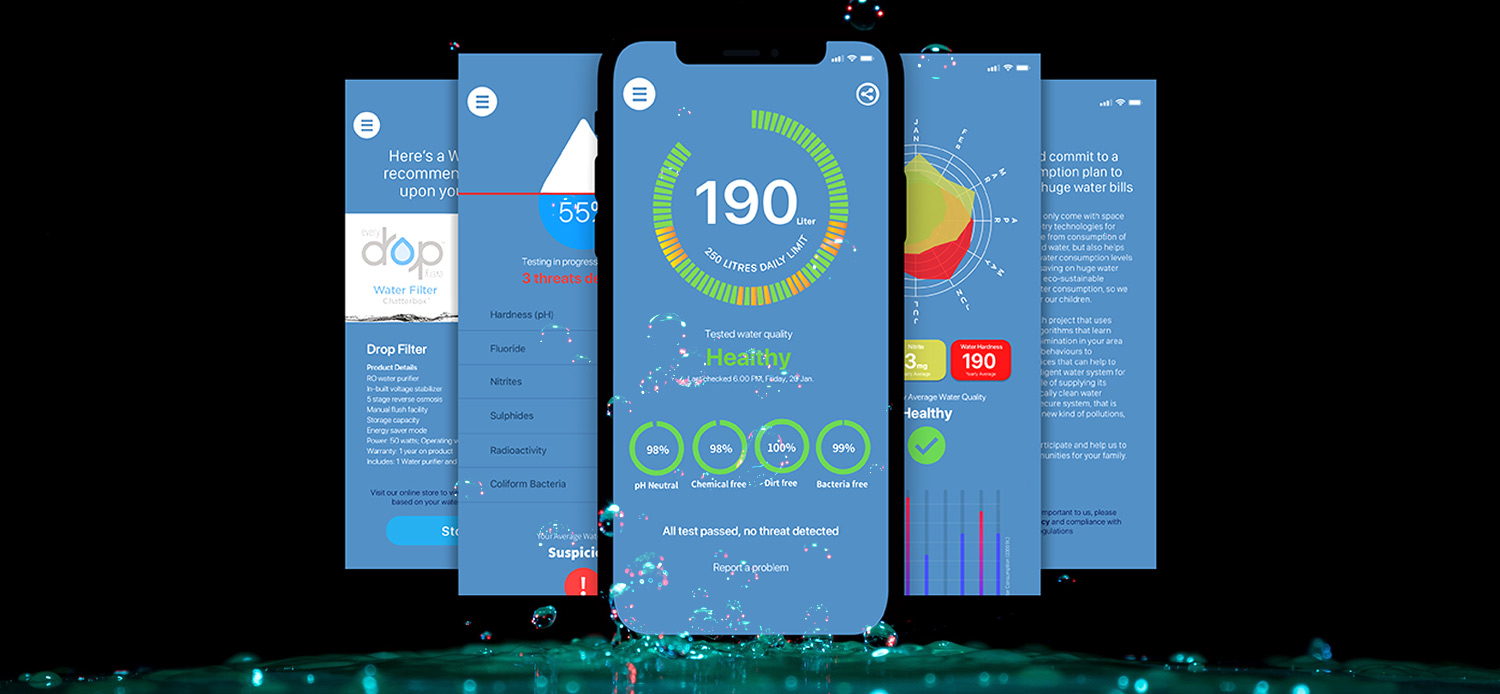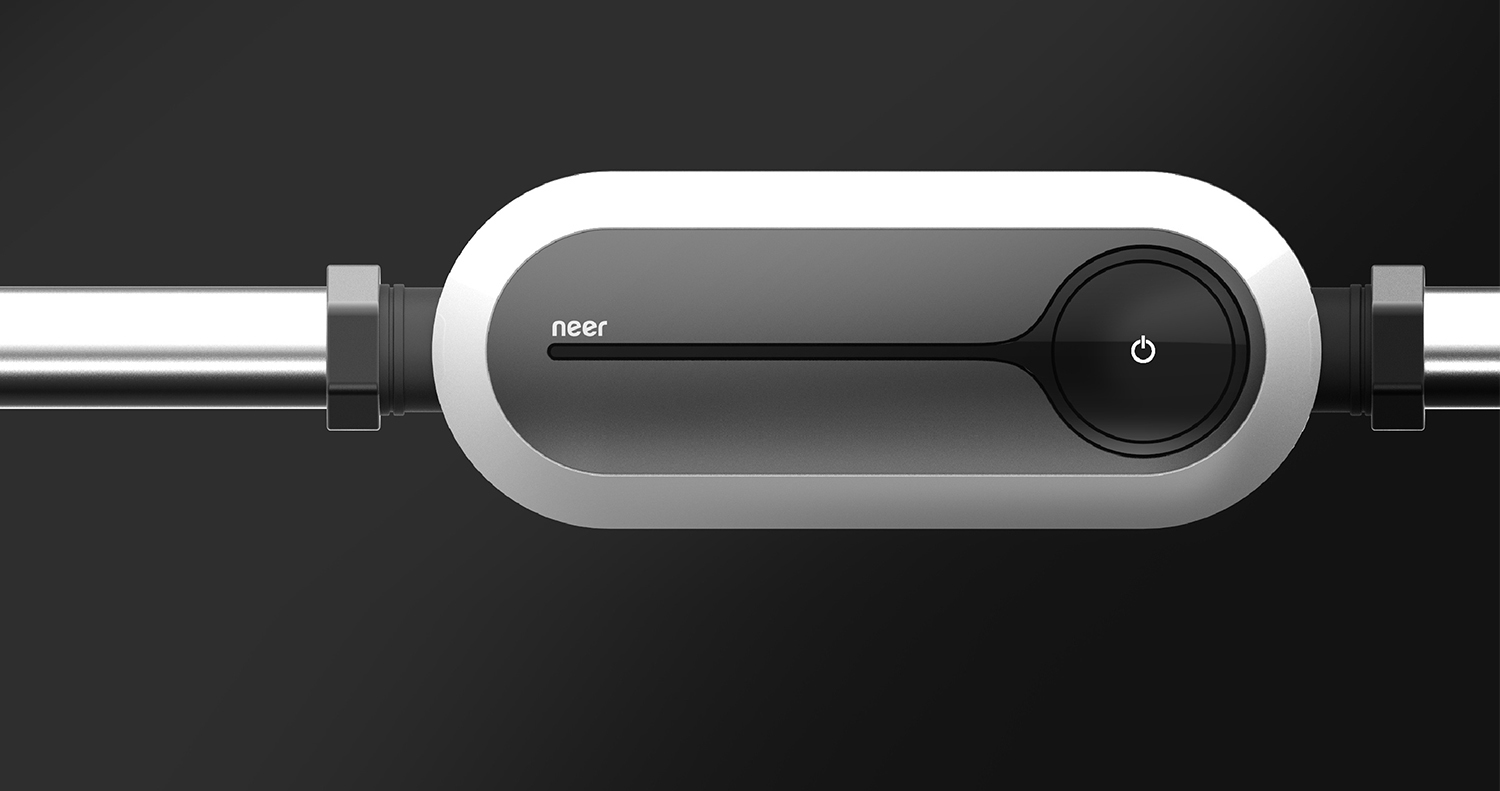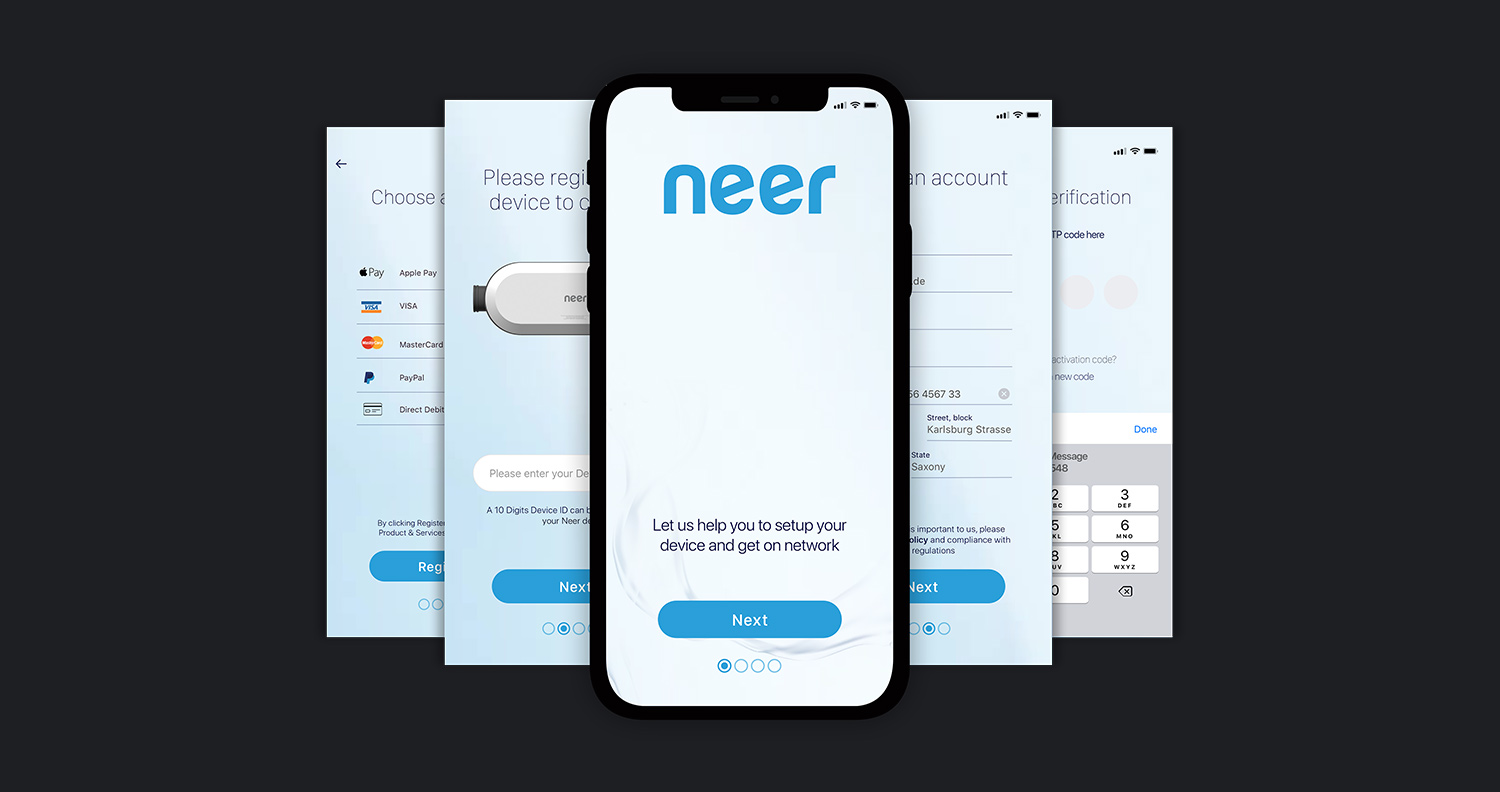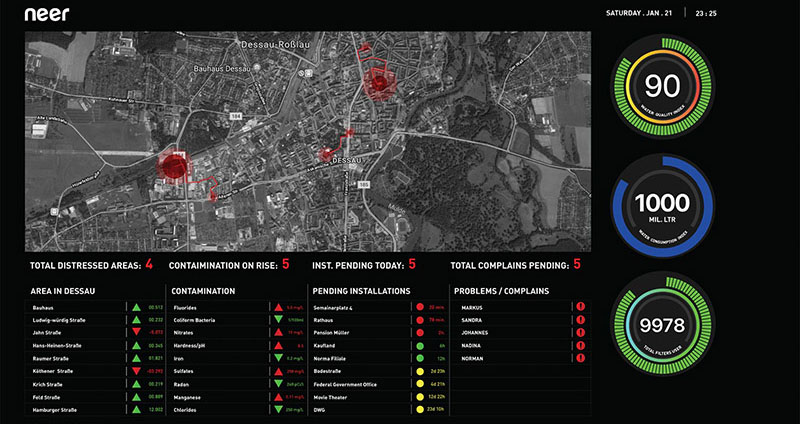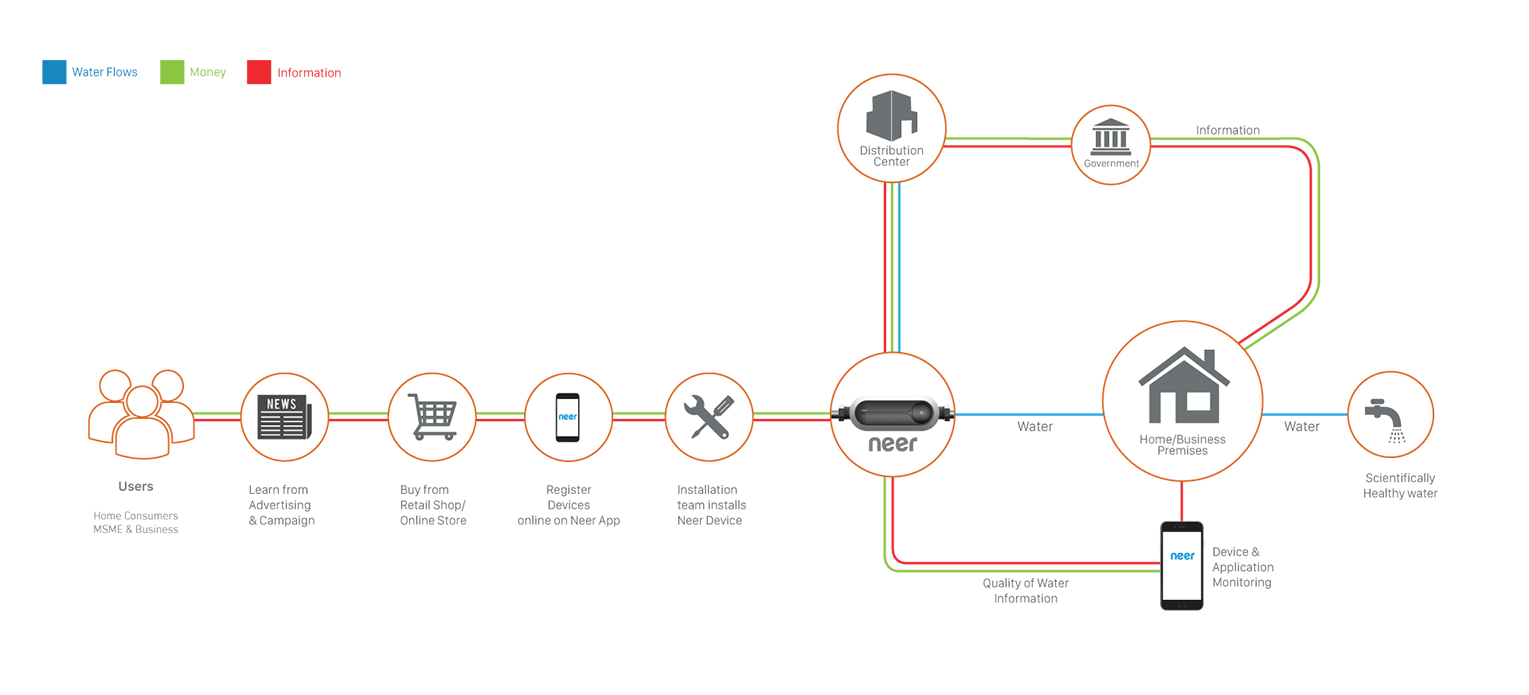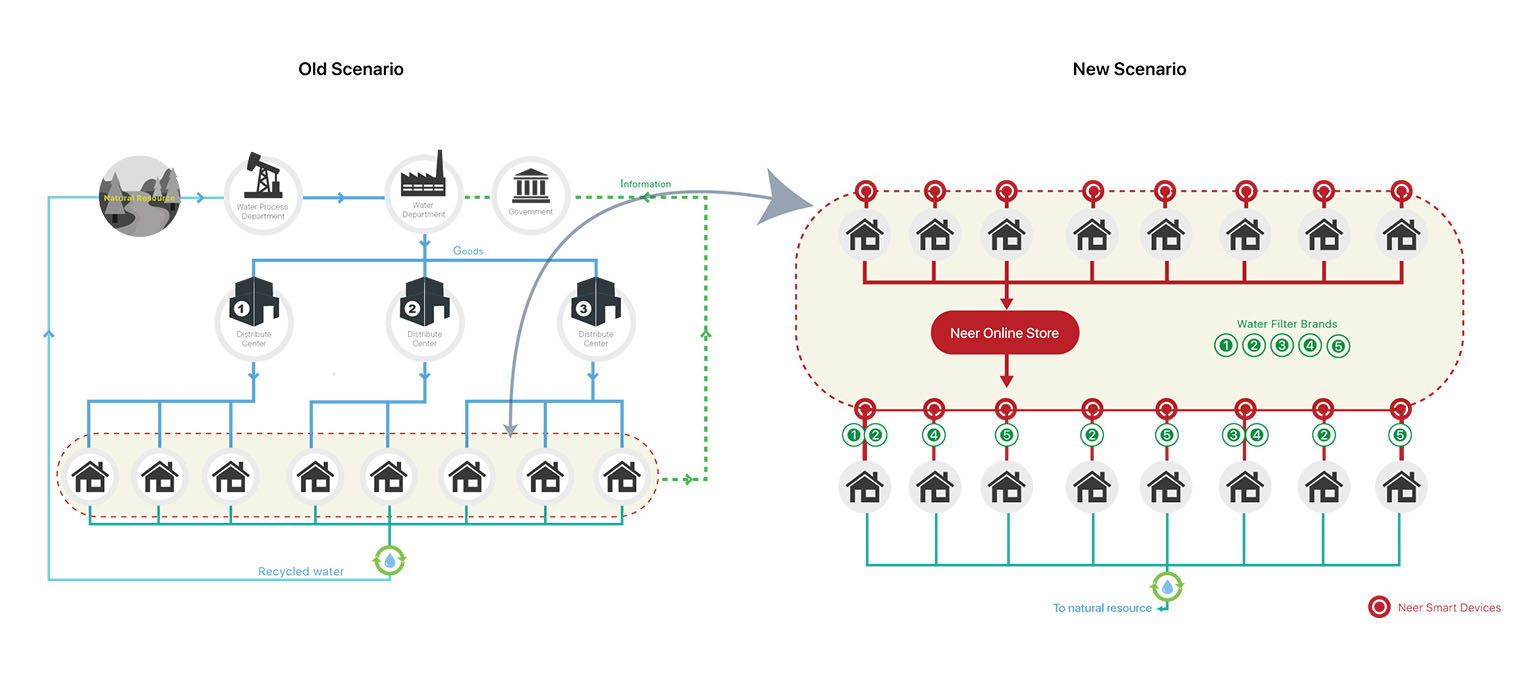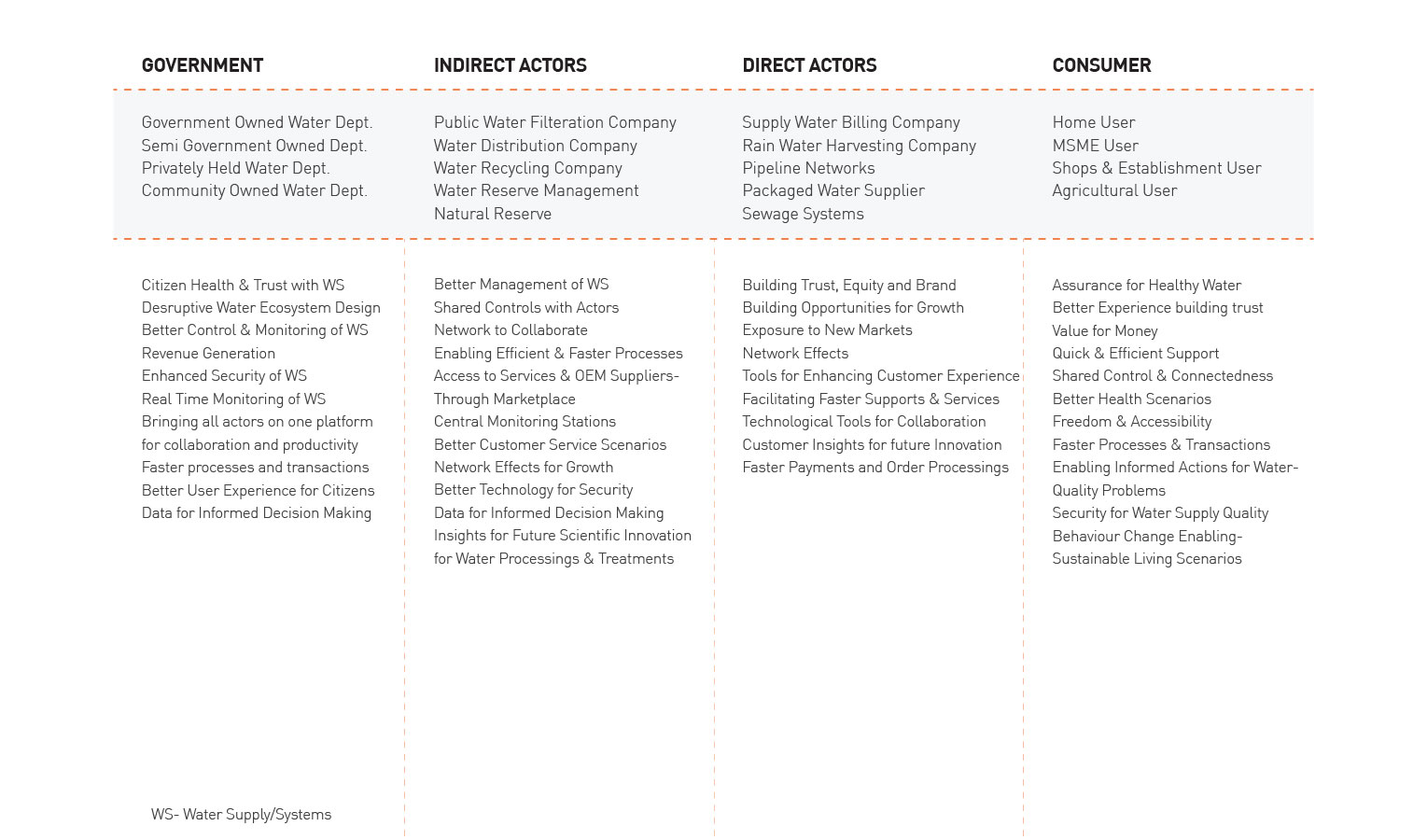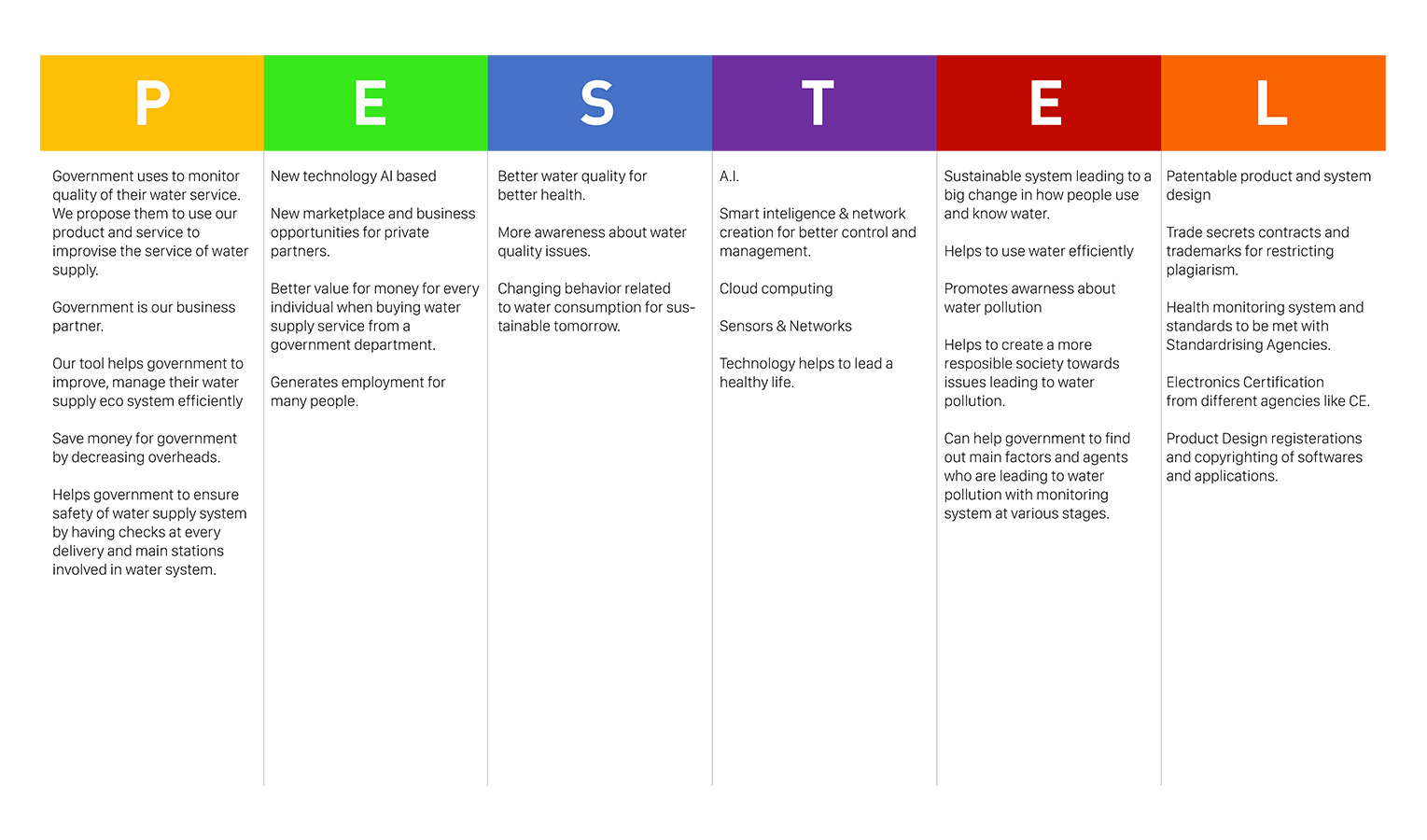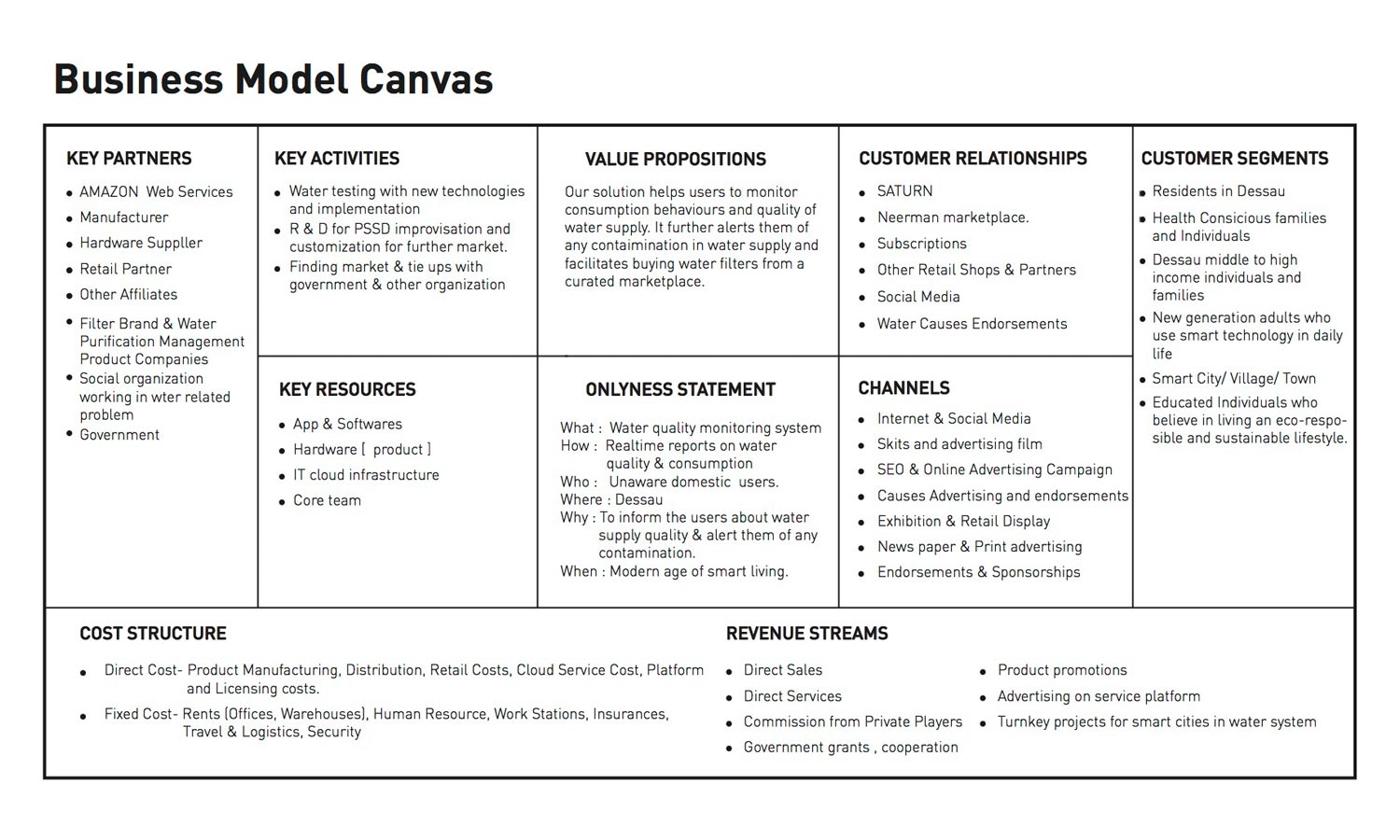About Project Neer
Design Team
Petra Mueller-Csernetzky(Mentor)
Himanshu Singh (Team Lead)
Kanokpon Youcharoen (Exhibition)
Kanokpon Yokchoo (Product)
Omar Ghandaur (Architect)
Place
Anhalt University of Applied Sciences, Dessau, Germany
Presentation
To see the presentation of this project, please click here
Background:
Today, in the rapidly developing world of 21st century, due to massive industrialisation and economic development that is happening at the cost of our planet, we are creating newer and newer kind of pollution everyday, that is coming back to haunt us, in the form of shortened life span, long term diseases and health hazards in later stages of our lives.From the air that we breathe-in to the water that we drink today, is contaiminated with chemicals that not only hamper our physiological but psychological wellbeing too. Globally, today at least 2 billion people use a drinking water source contaminated with faeces. Contaminated water can transmit diseases such diarrhoea, cholera, dysentery, typhoid, and polio.
Facts & Figures:
Contaminated drinking water is estimated to cause 502,000 diarrhoeal deaths each year. The World Health Organization says that every year more than 3.4 million people die as a result of water related diseases, making it the leading cause of disease and death around the world. By 2025, half of the world’s population will be living in water-stressed areas. In low- and middle-income countries, 38% of health care facilities lack an improved water source, 19% do not have improved sanitation, and 35% lack water and soap for handwashing. The World Health Organization says that every year more than 3.4 million people die as a result of water related diseases, making it the leading cause of disease and death around the world.
Exploration and Process

We started mapping the problem of water contamination and bad quality of water supplied to home users. By conducting an ecosystem analysis, we found the actors in city water supply and management systems and pain points of consumers. We began with prototyping design solutions in various stages of our design process. At first, we designed water testing systems as our Critical Function prototype, followed by designing filtration systems in Dark Horse and Funky prototyping stages.
We found that unawareness towards water supply quality, among home users, is a major cause of contaminated water consumption in city communities. Following these insights, we began to design a water testing system that monitors water quality and enable users to take informed preventive actions, by buying the best filtration solution from our marketplace. The marketplace curates different kinds of water filter systems that can fight contaminations for different purposes and geo-locations.
Finally, we came up with Neer to inform home users about water contaminations and form a city-wide IoT network of devices, for monitoring and management of the water system. We devised Neer with different features, that can inspire a sustainable water consumption behaviour among home users, with a vision for sustainable development for a smart city.
Design Research
Direct Actors
Supply Water Billing Company
Rain Water Harvesting Systems
Pipeline Networks
Packaged Drinking Water Company
Sewage Systems
Indirect Actors
Government
Water Filteration
Water Distribution
Water Recycling
Water Reserve Management
Natural Resources Monitoring
Ecosystem analysis indicates that the major cause of government‘s failure to deliver good quality water comes from obselete technologies for water processings, out of date distribution networks and recycling systems. The treatment and processing systems that government uses for filteration and treatment of water from natural resources fail to process water from today‘s complex pollution scenarios.
In Asian developing
countries, the poor maintenance
of these systems and process
plants is also a leading factor for bad
quality of water supplies through out
the ecosystem.
Following these insights, we began with prototyping design solutions through various stages of our design process.
Brainstorming Possible Solutions

An awareness program for a social system
To help consumers learn more about water quality issues, possible contaimination points and responsible usage of water, its management and handling, we proposed to come up with a social awareness program.

A public announcement platform
To inform resident consumers in advance, about all types of construction activities, accidental damages, terrorist attacks, malfunctioning, leakages etc. that could result in contaminating water-supply systems or pipelines, we proposed a public announcement board or service.

A smart device that monitors the quality of water
To monitor water quality in real-time time and inform users about contaminations and possible usage of supply water for daily needs like showering, cooking, gardening etc.. It will also consult the users about the kind of treatment or filtration system they will need to treat the water supply for consumption.
Testing & Findings

Post briefing users about water contamination and pollutions, we tested these three solutions with users. We found that users preferred option 03, building a smart device that monitors the quality of water, to better suit their busy lives and convenience. Following these test findings, we designed water testing systems as our Critical Function prototype, followed by designing filtration systems in Dark Horse and Funky prototyping stages.
While testing these solutions with users, we discovered that unawareness towards water supply quality, among home users, is a major cause of contaminated water consumption in city communities. With these fresh insights, we began to design a water testing system, in our later design stages, that monitored water quality and enabled users to take informed preventive actions for buying the best filtration solution from our marketplace.
Finally, we came up with Neer to inform home users about water contaminations and form a city-wide IoT network of devices, for monitoring and management of the water system.
Problem Statement
How might we develop a solution of monitoring water supply quality and consumption behavior for home users, to help them make an informed decision about supply water consumption, respecting the health hazards caused by consumption of contaminated water from direct water supply.
Design Prototypes
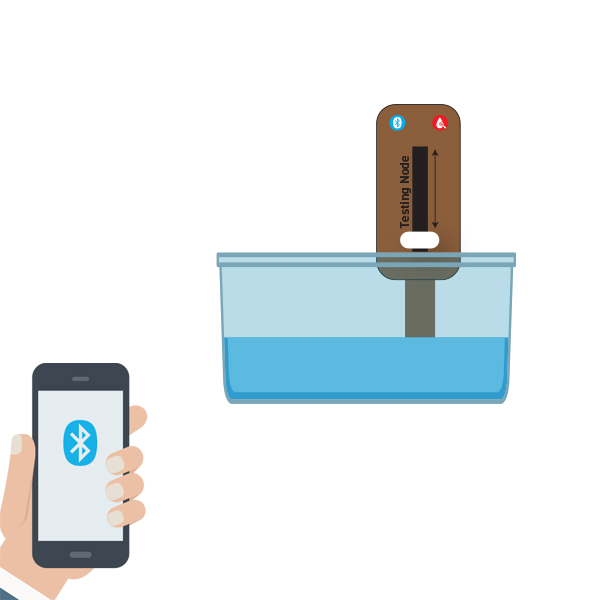
Critical Function
This portable water testing system comes with a handy testing dongle and a mobile phone app.
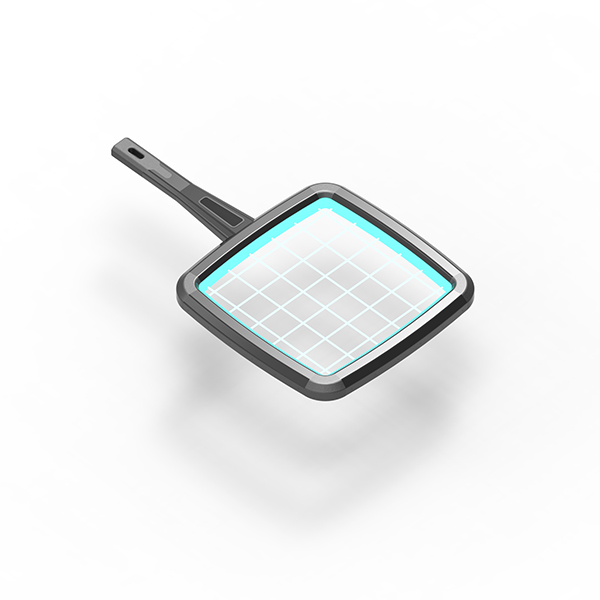
Dark Horse
The Invisible Filter is a futuristic device that filters water and kills the germs all at the same time, by using radition like UV.

Funky
Toye U model filters as well as improves the taste and quality of water. It is a portable solution that can be fitted on a tap.
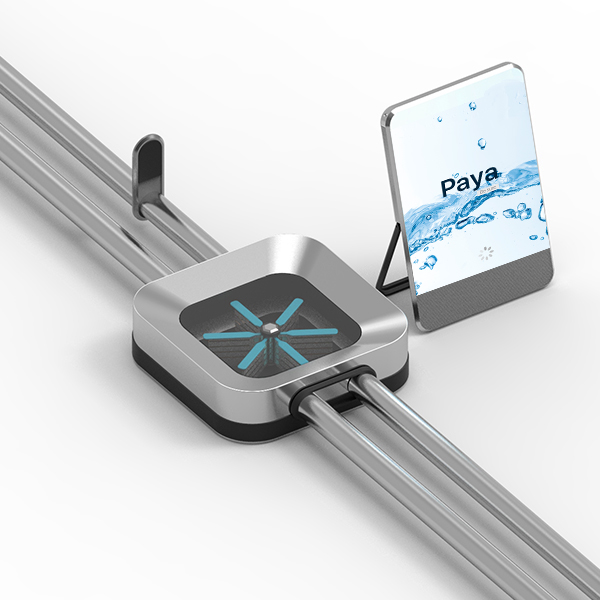
Functional
Paya device is equipped with 6 fans that are fixed with custom detachable sensors, to detect any kind of water contamination.
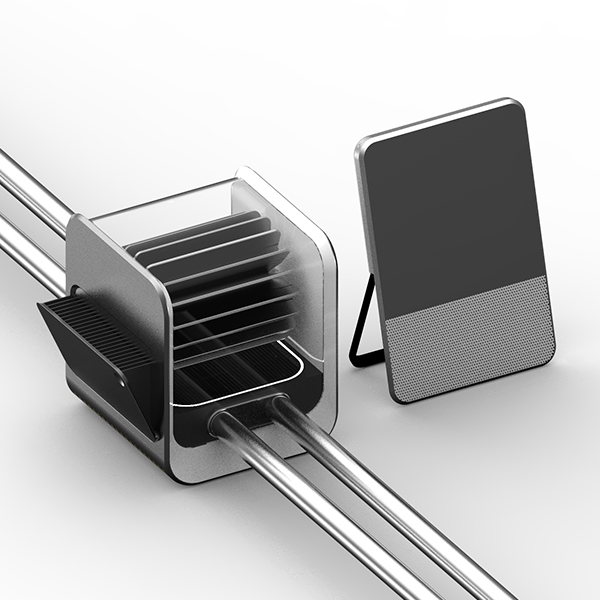
X-is Finished
Vaari is equipped with fan blades, that are mounted with sensors over a dynamo motor, to make it a self-powered device.
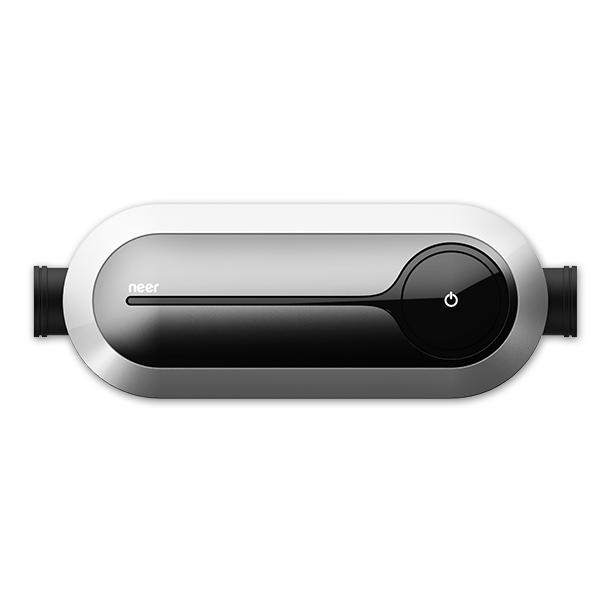
Final Prototype
Neer is a spectrophotometry device, with flow-meter that measures consumption of water and alarms on leakages.
Final Solution
Following these insights, we began to design a water testing system that monitors water quality and enable users to take informed preventive actions, by buying the optimum filtration solution from our marketplace. The marketplace curates different kinds of water filter systems that can fight contaminations for different purposes and geo-locations. Finally, we came up with Neer to inform home users about water contaminations and form a city-wide IoT network of devices, for monitoring and management of the water system. We devised Neer with different features, that can inspire a sustainable water consumption behaviour among home users, with a vision for sustainable development for a smart city.
System Prototype & Design
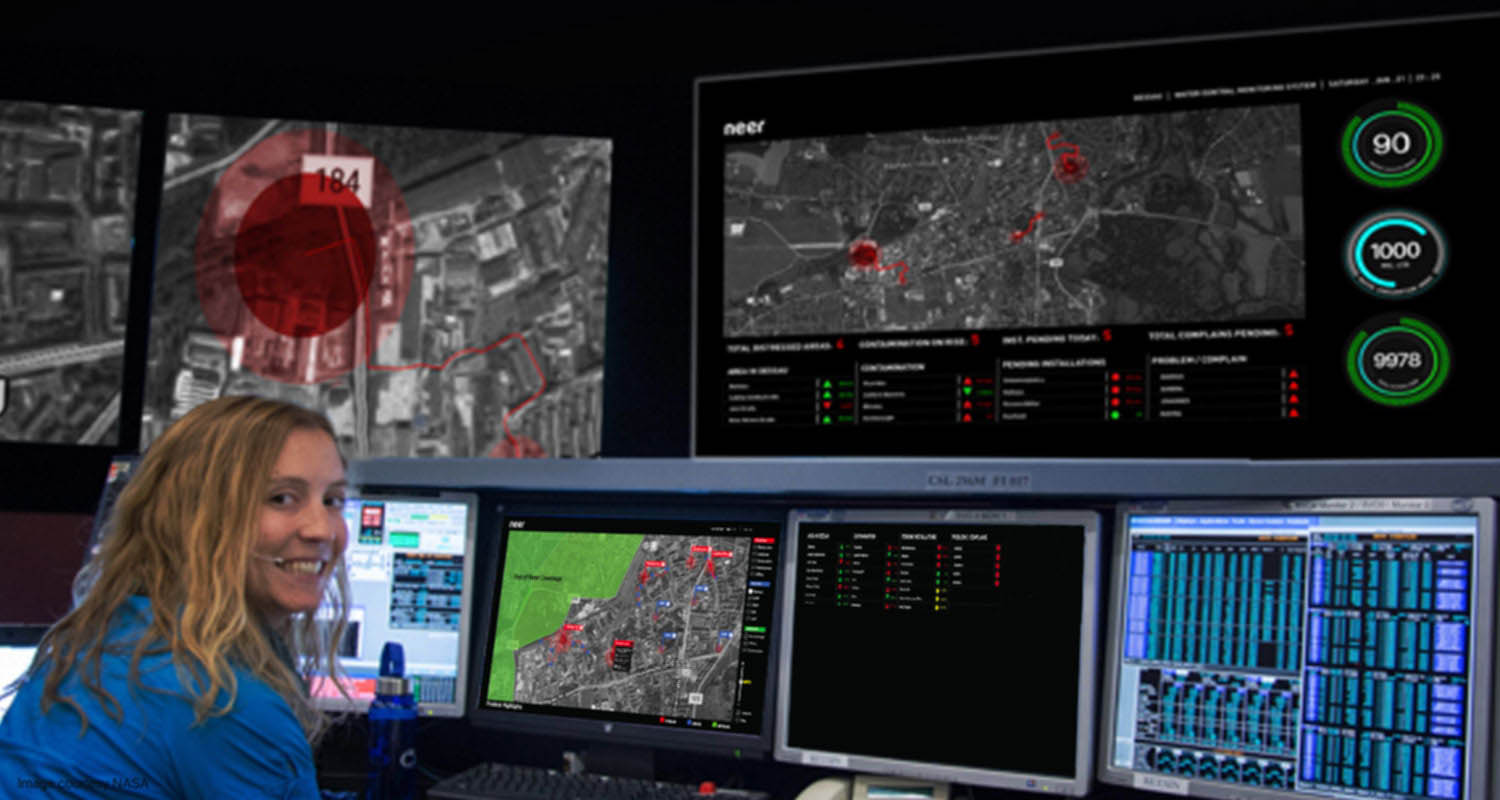
Installation of Neer devices at the point of delivery of water supply ensures quality assurance for the customers while building a network of water monitoring devices across the city. This network provides live data on the supply quality and informs about the health condition of the distribution network across the city and connected premises. The system alarms and protects consumers against any damage caused to pipelines, due to accidents occurred during public or private construction activities. .
Water contamination caused due to pipeline leakages from wear and tear, industrial pollution and malicious attacks on water systems, can also be detected in the network of Neer devices. This decentralised network of Neer devices, that builds upon the participation of individual residents of a city, can help to save lives and ensure great customer experience with any private or public water supply system.
To experience these prototypes on your devices, please contact- hello@himanshu.de
